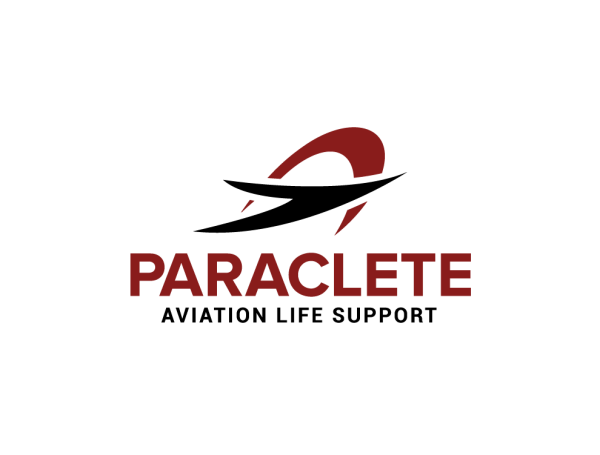1. Visual Inspection
- Check the entire length of the communication cord for cuts, fraying, or exposed wiring.
- Inspect the connectors for bent, corroded, or missing pins that could affect performance.
- Ensure the cord’s outer sheath is intact and free of cracks or excessive wear.
- Look for kinks, twists, or knots that could impact signal transmission or durability. Pay special attention to any areas with after market attachments, bundling or hardware
2. Connection & Fit Check
- Securely plug the communication cord into the aircraft’s audio port and ensure a snug fit.
- Connect the cord to the external communication system and check for loose or unstable connections.
- Verify that all strain points (near connectors) for signs of excessive bending or stress. Pay special attention to where flexible cords are entering hard casings.
3. Functional Test
- Conduct a communication check by transmitting and receiving audio to confirm clarity and functionality.
- Listen for static, interference, or dropouts that may indicate internal wire damage or poor connections.
- Move and flex the cord gently and turn your head side to side while testing audio to detect intermittent connection issues.
- Test push-to-talk (PTT) functionality, if applicable, to ensure smooth and responsive operation.
________________________________________________________________________________
Pass/Fail Criteria
PASS: Communication cord is clean, intact, securely connected, and provides clear audio transmission.
FAIL: If any cuts, frayed wires, loose connections, or audio issues are found— DO NOT USE until repaired or replaced.
Refer to Maintenance Status Traffic Light Checklist to determine Serviceable condonation or if faults are Unserviceable, not recommended to fly with helmet until faults are resolved.


Post your comment on this topic.